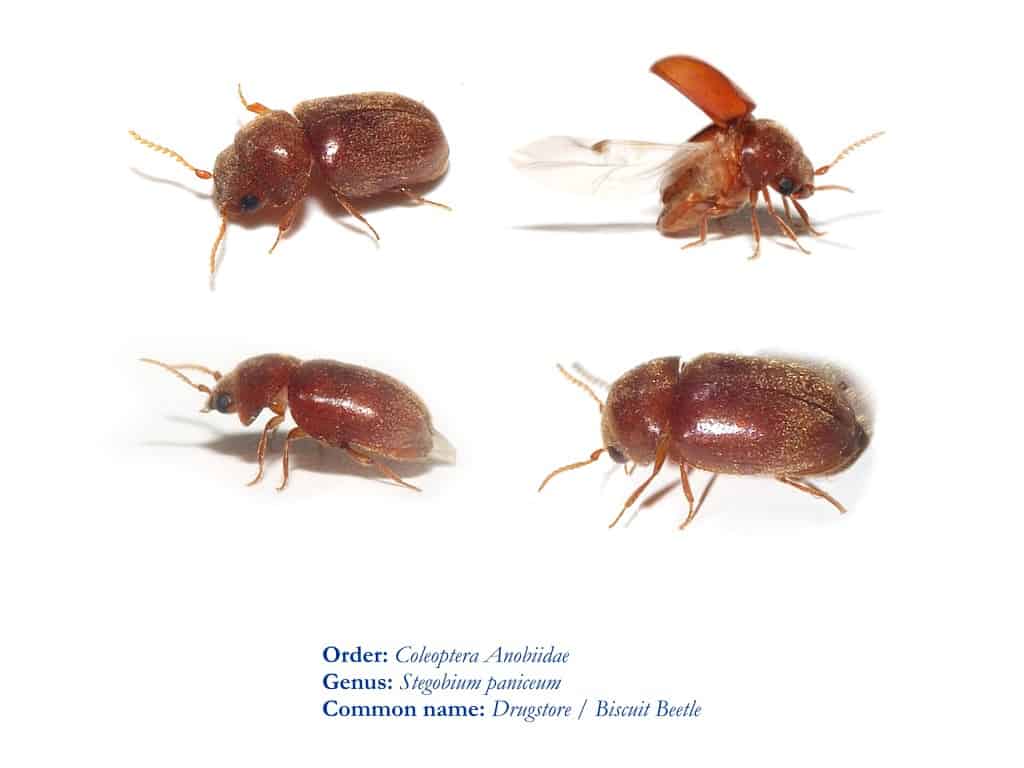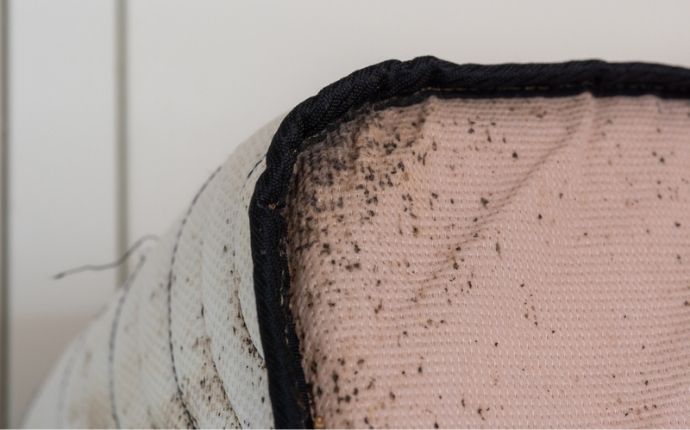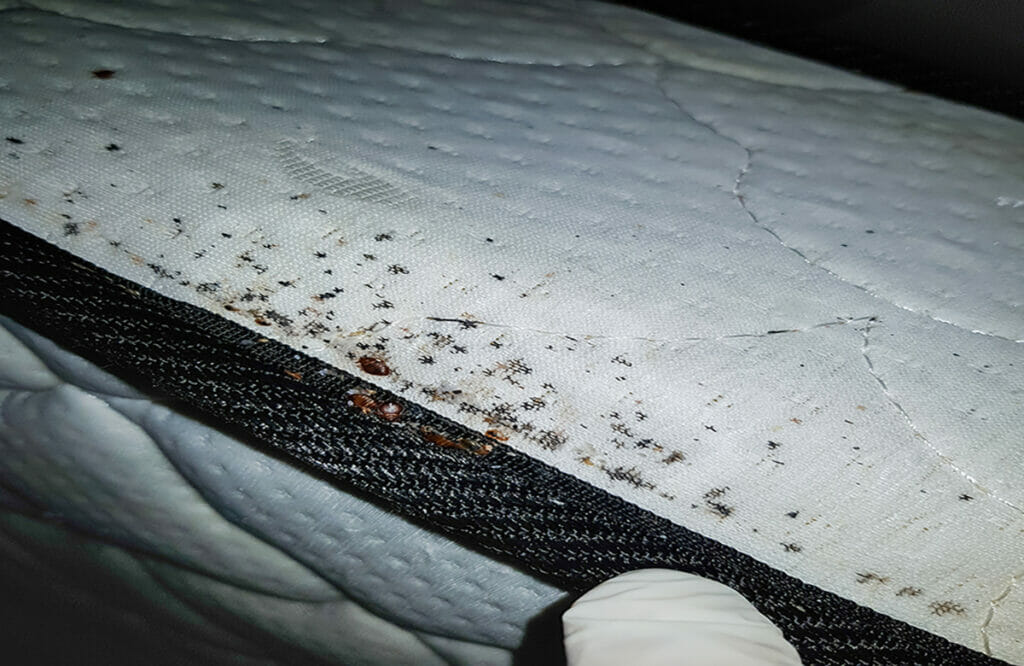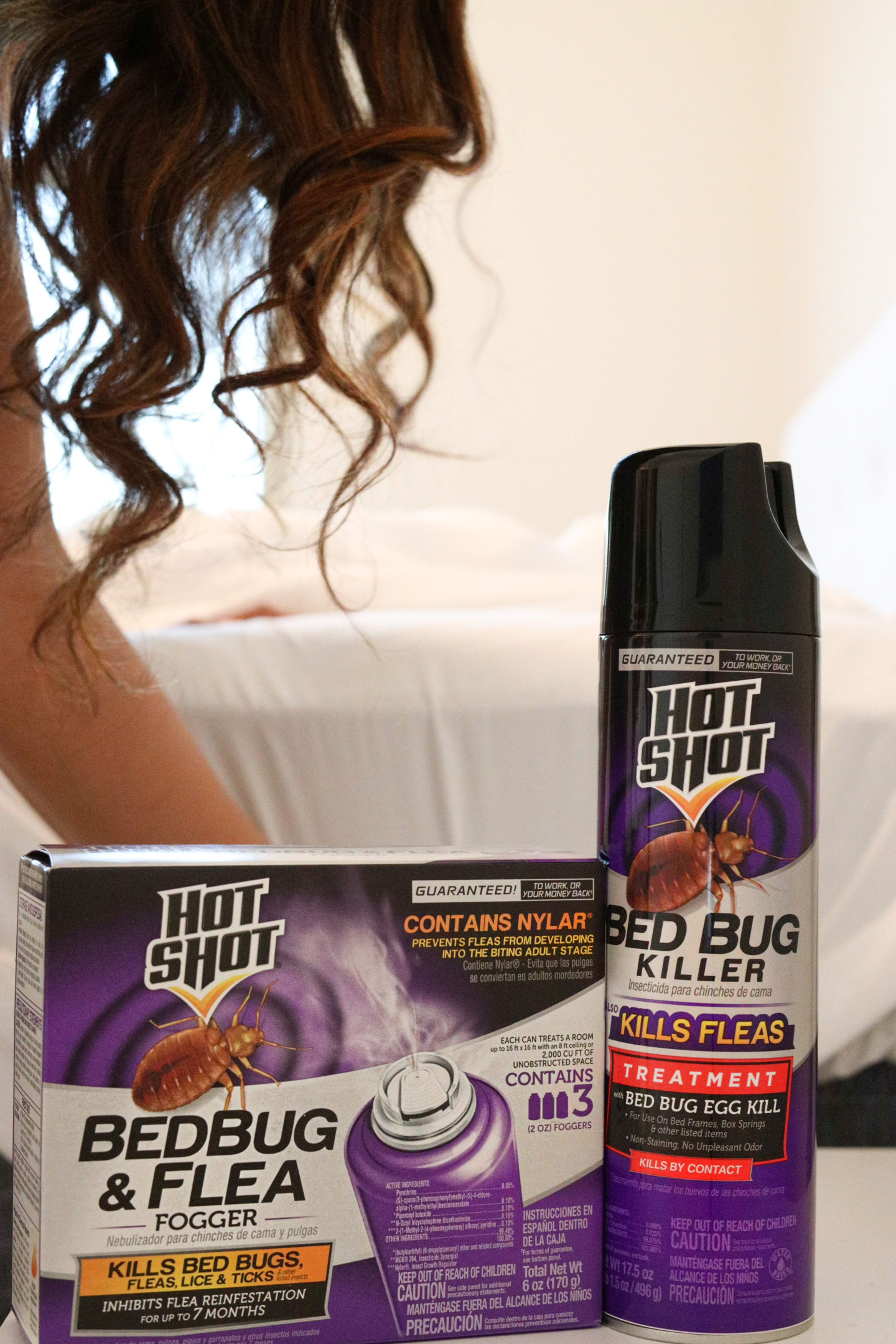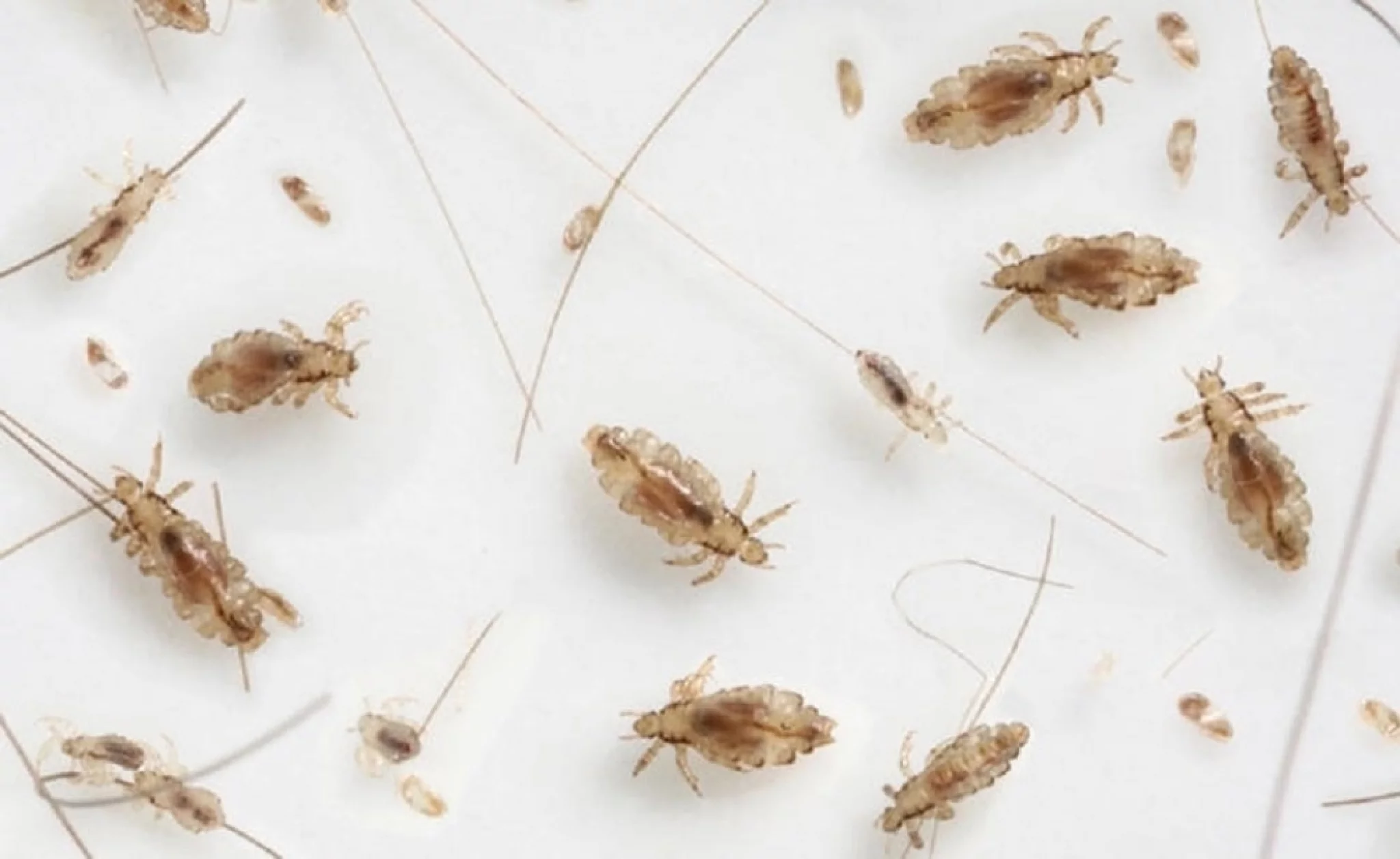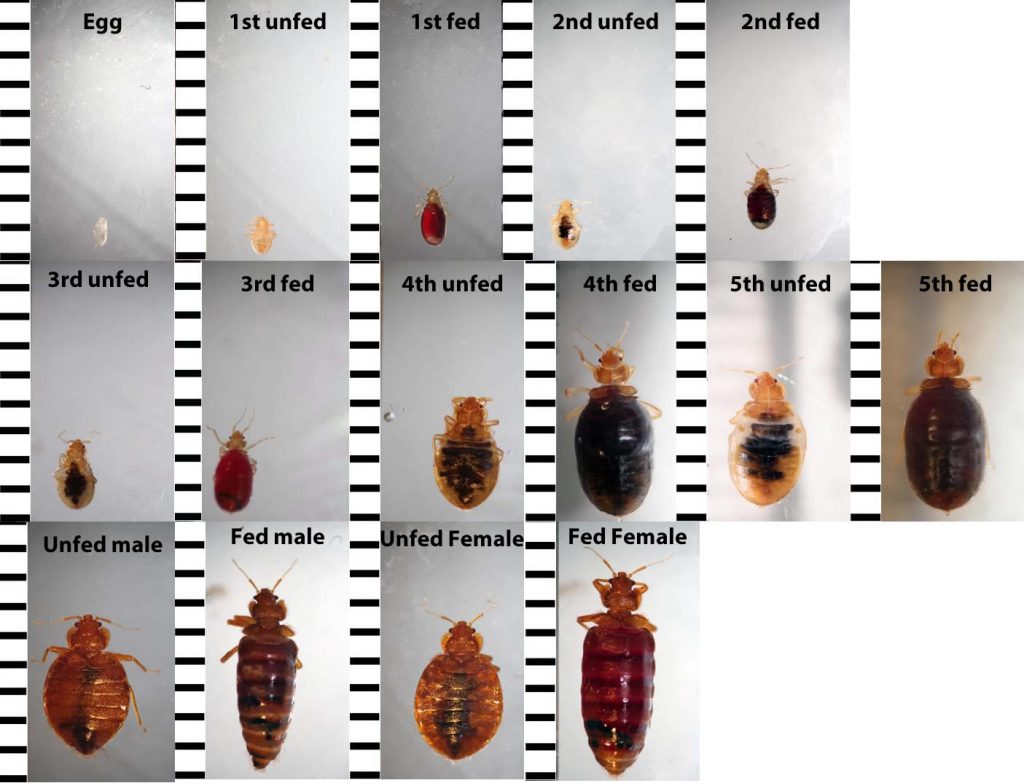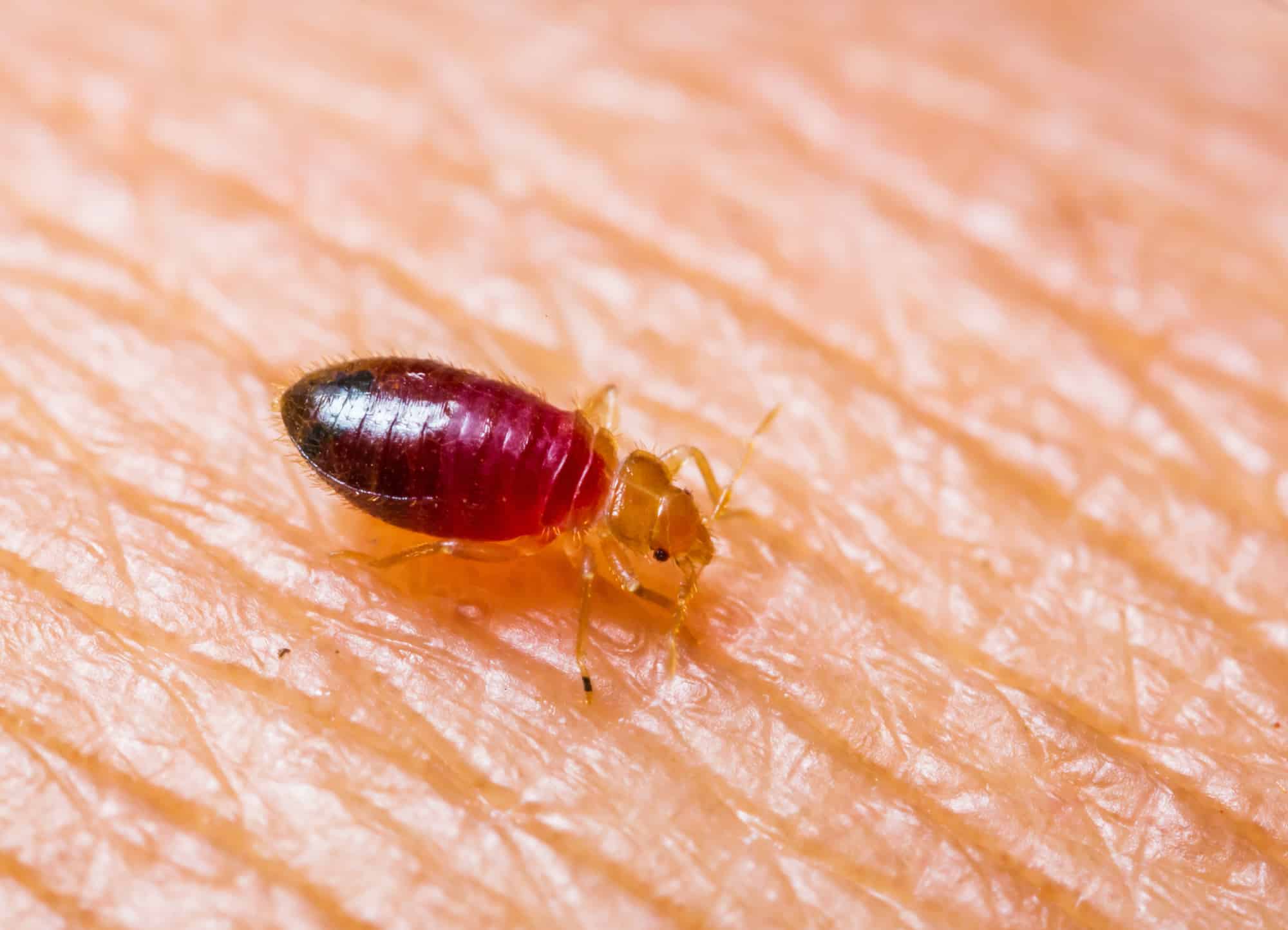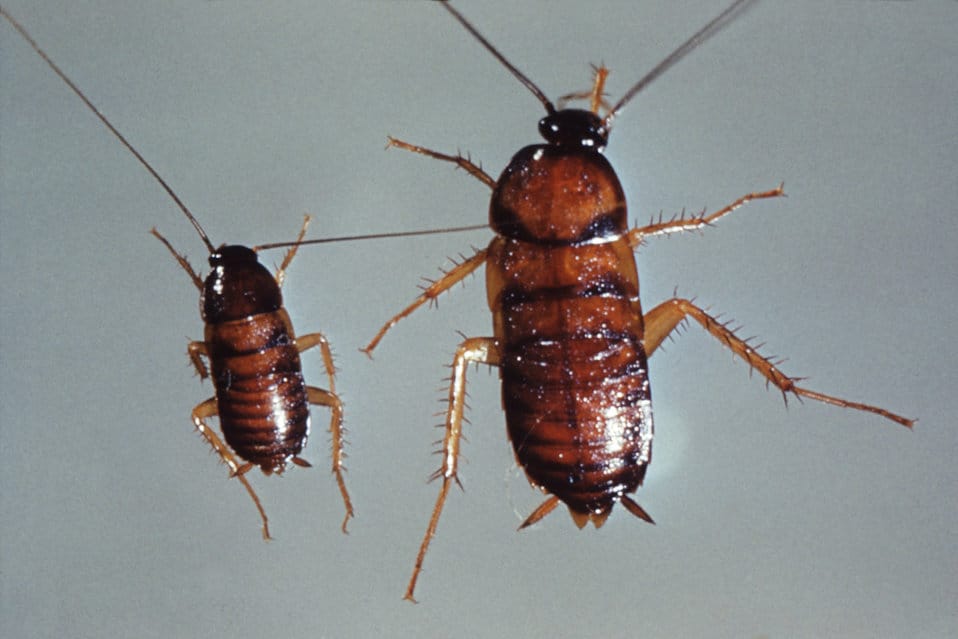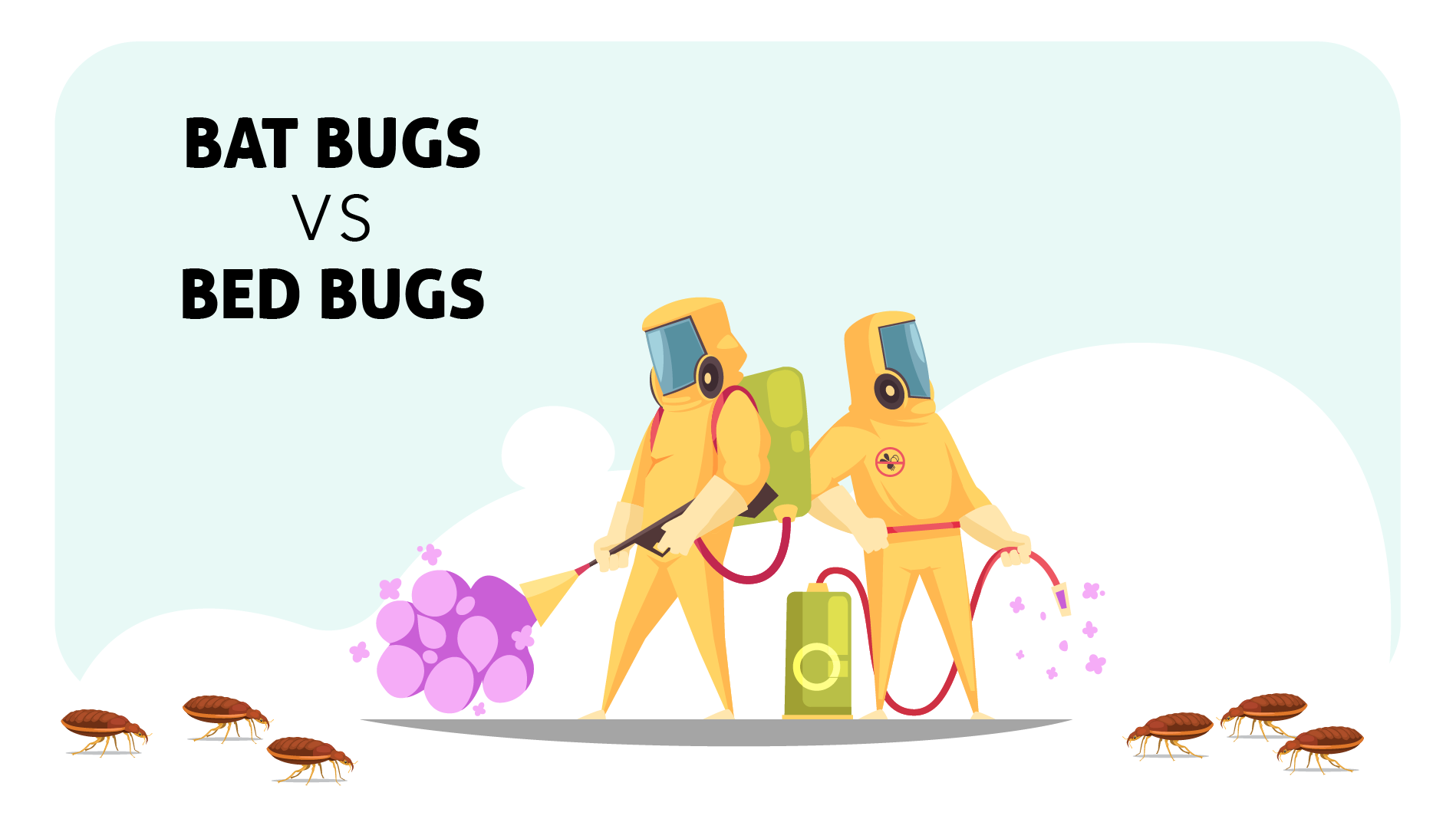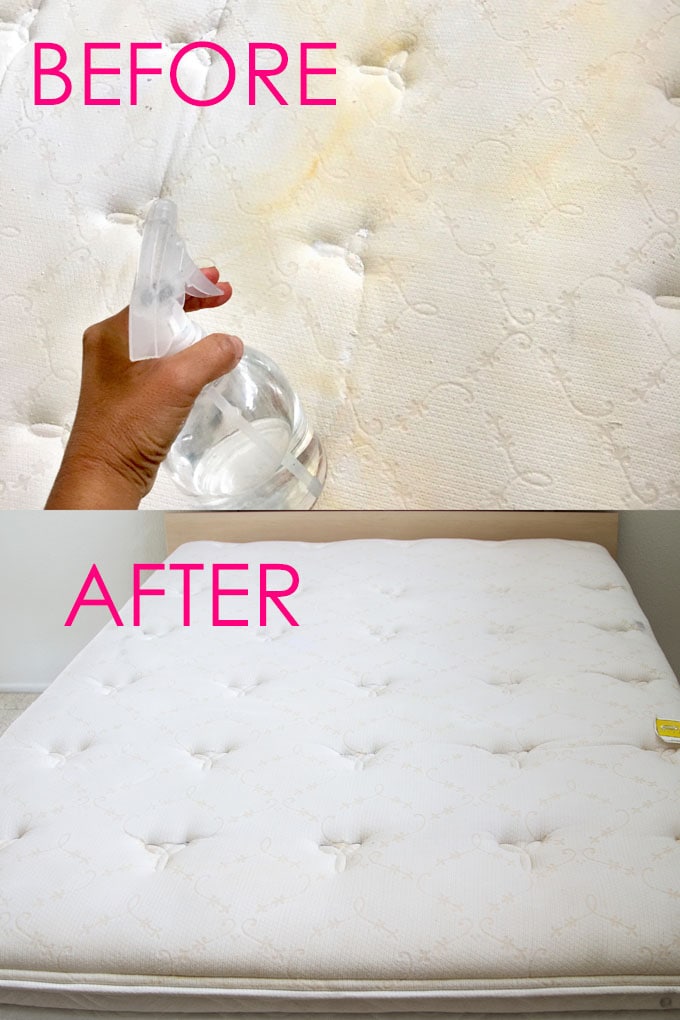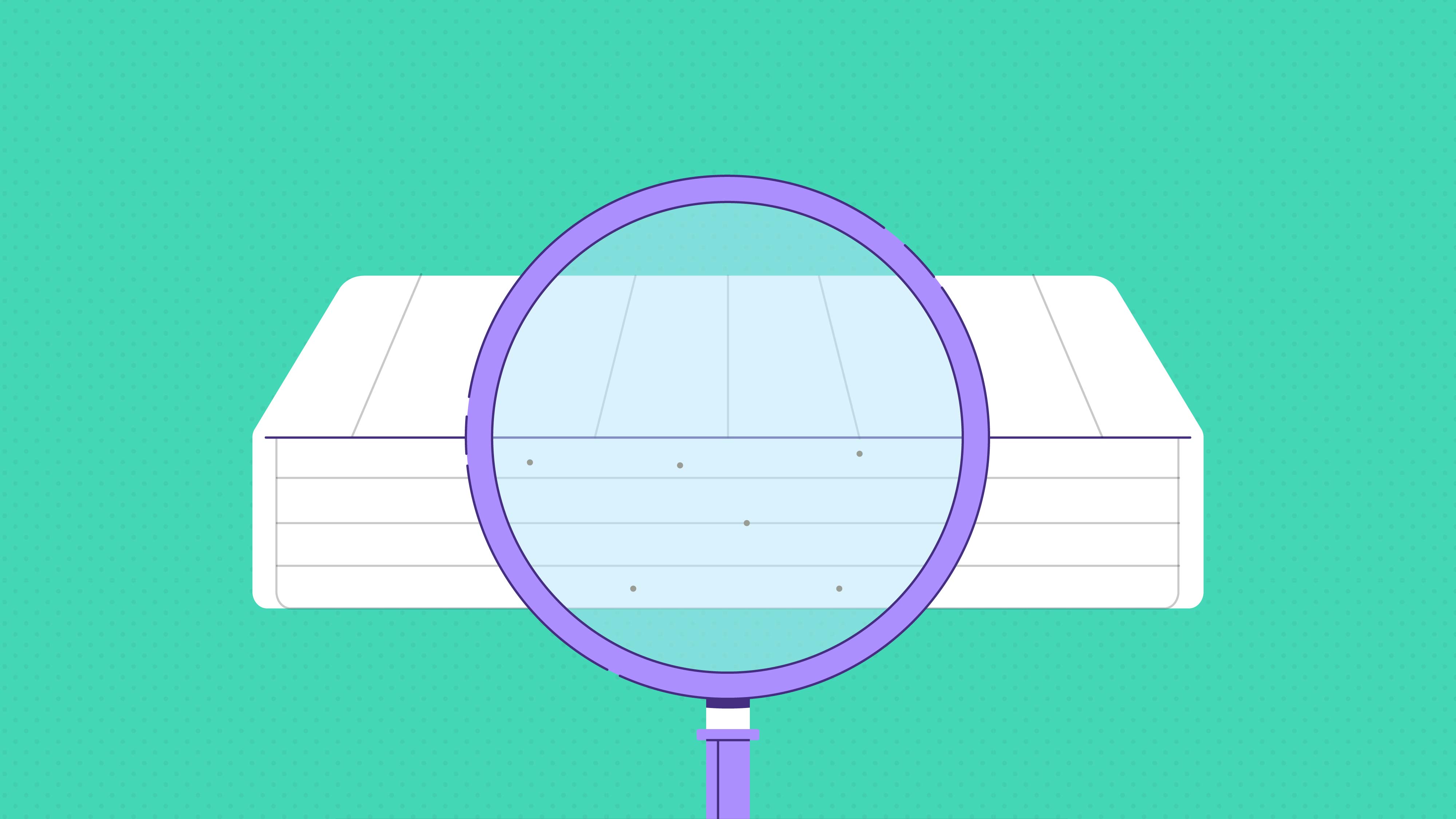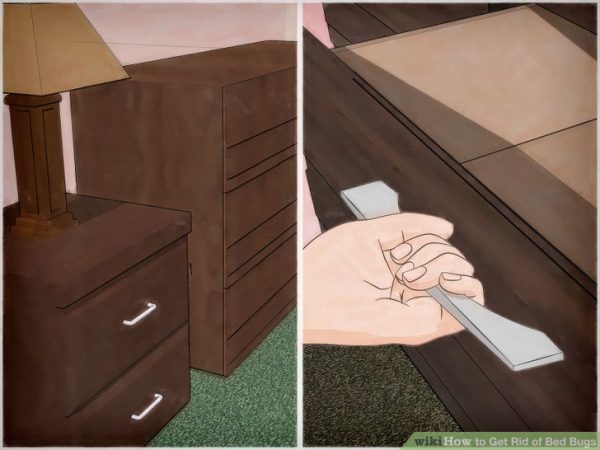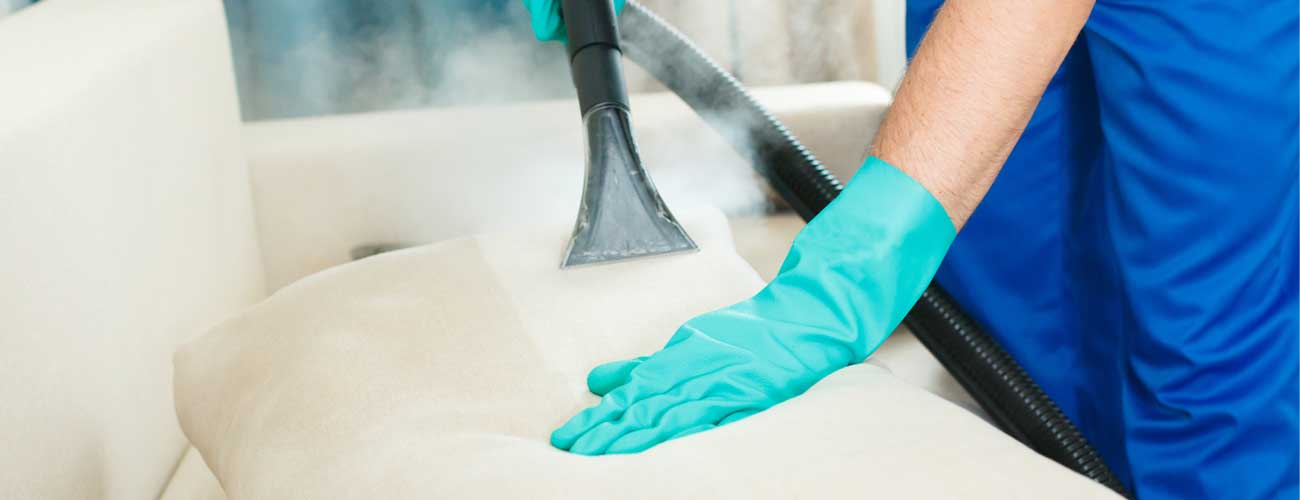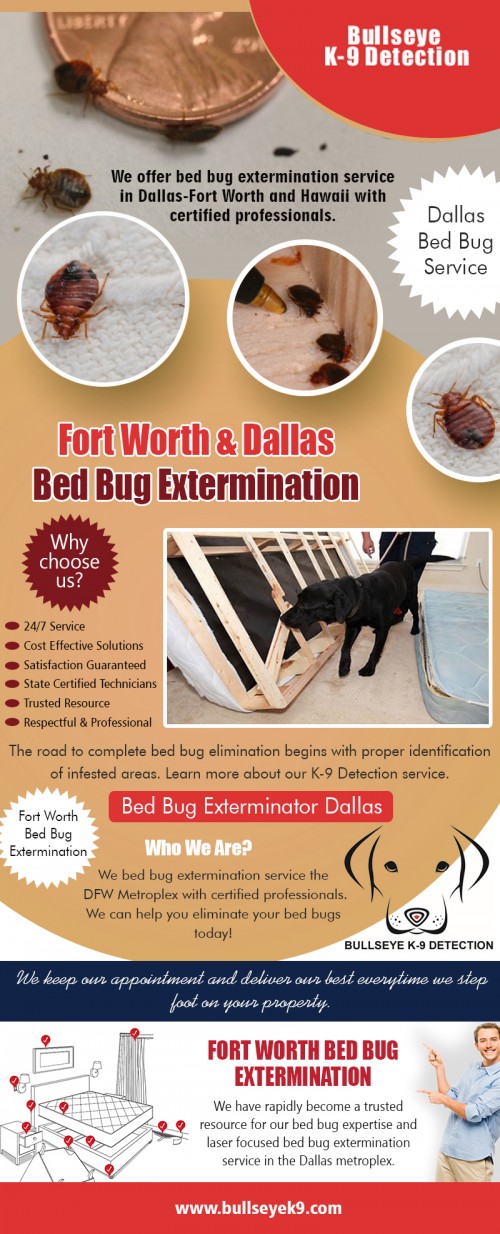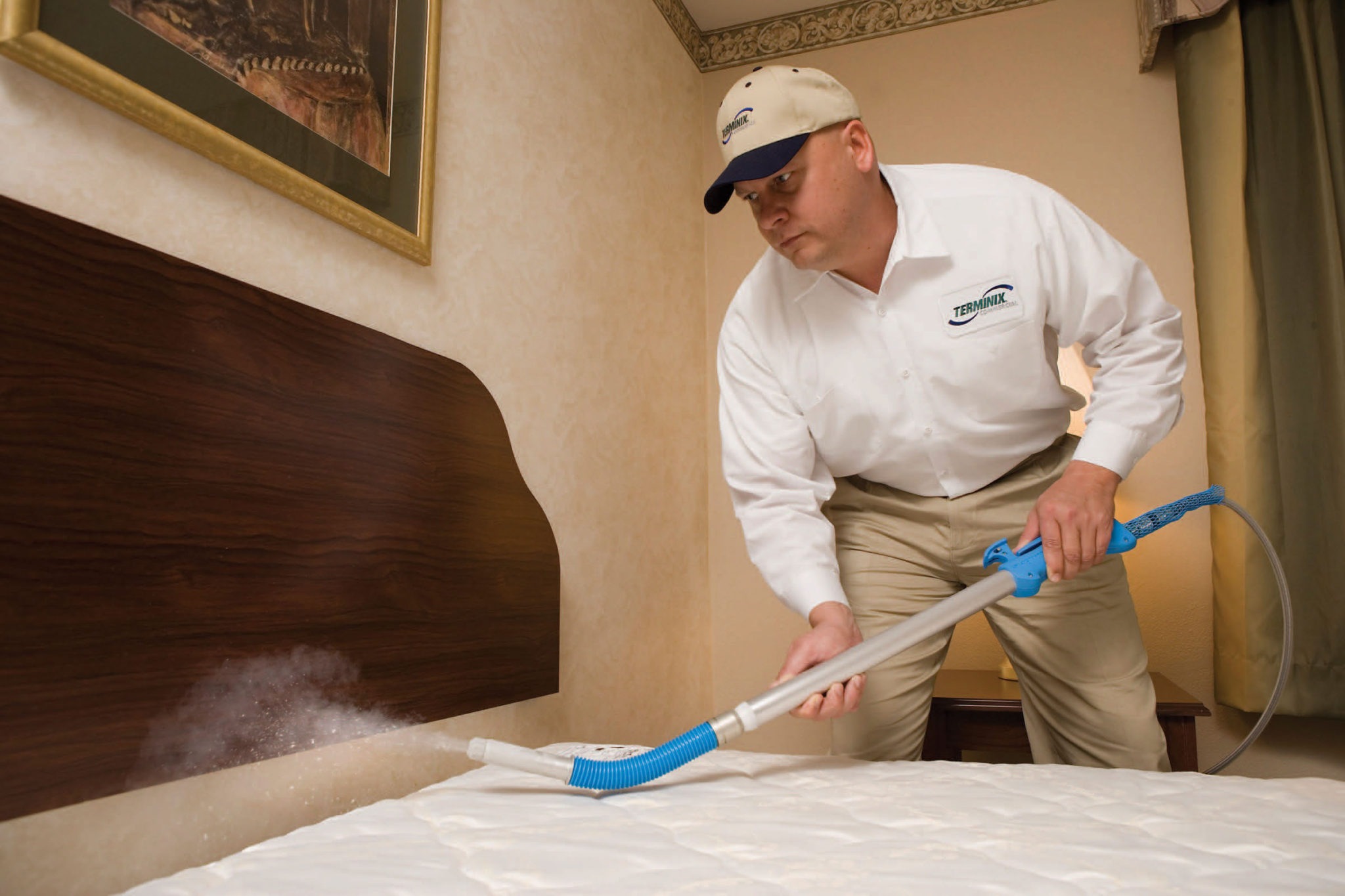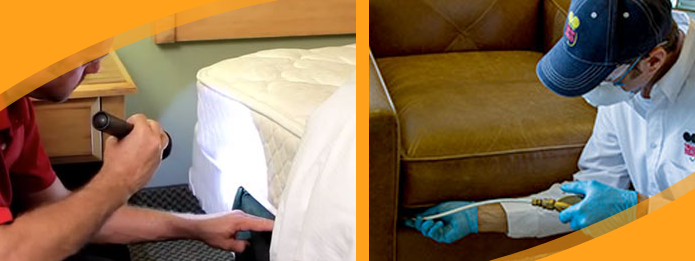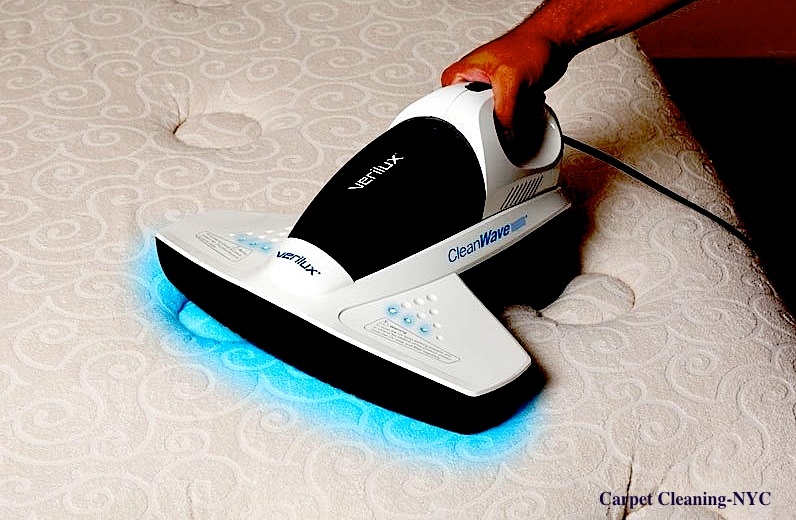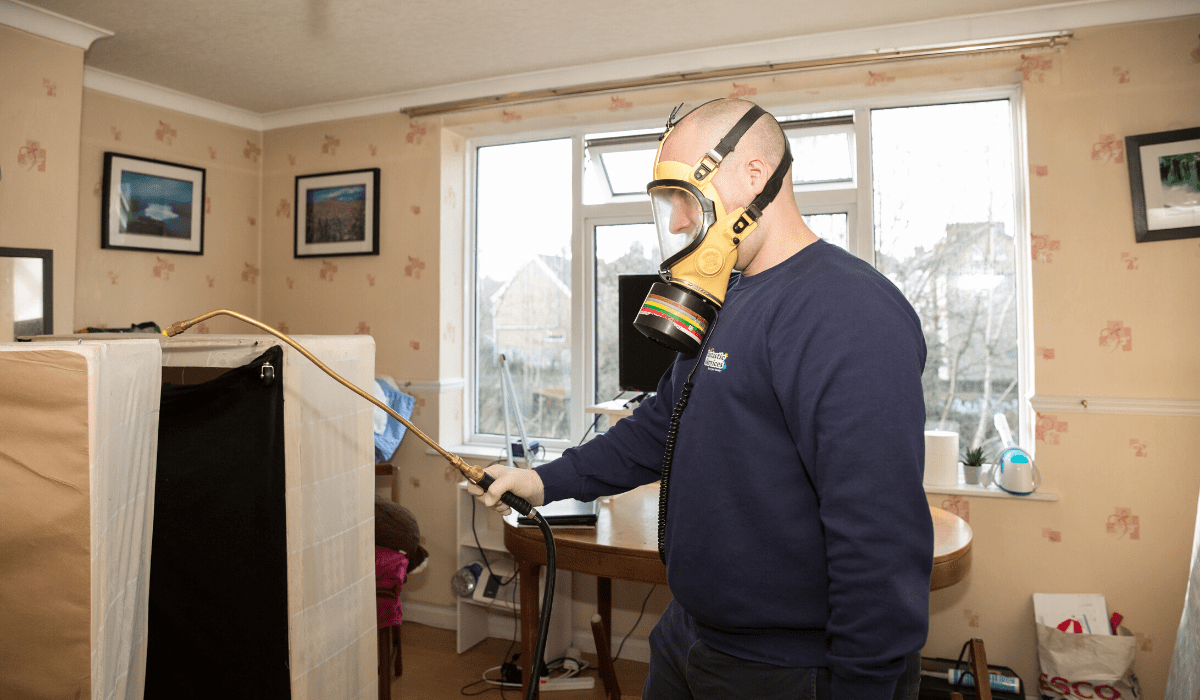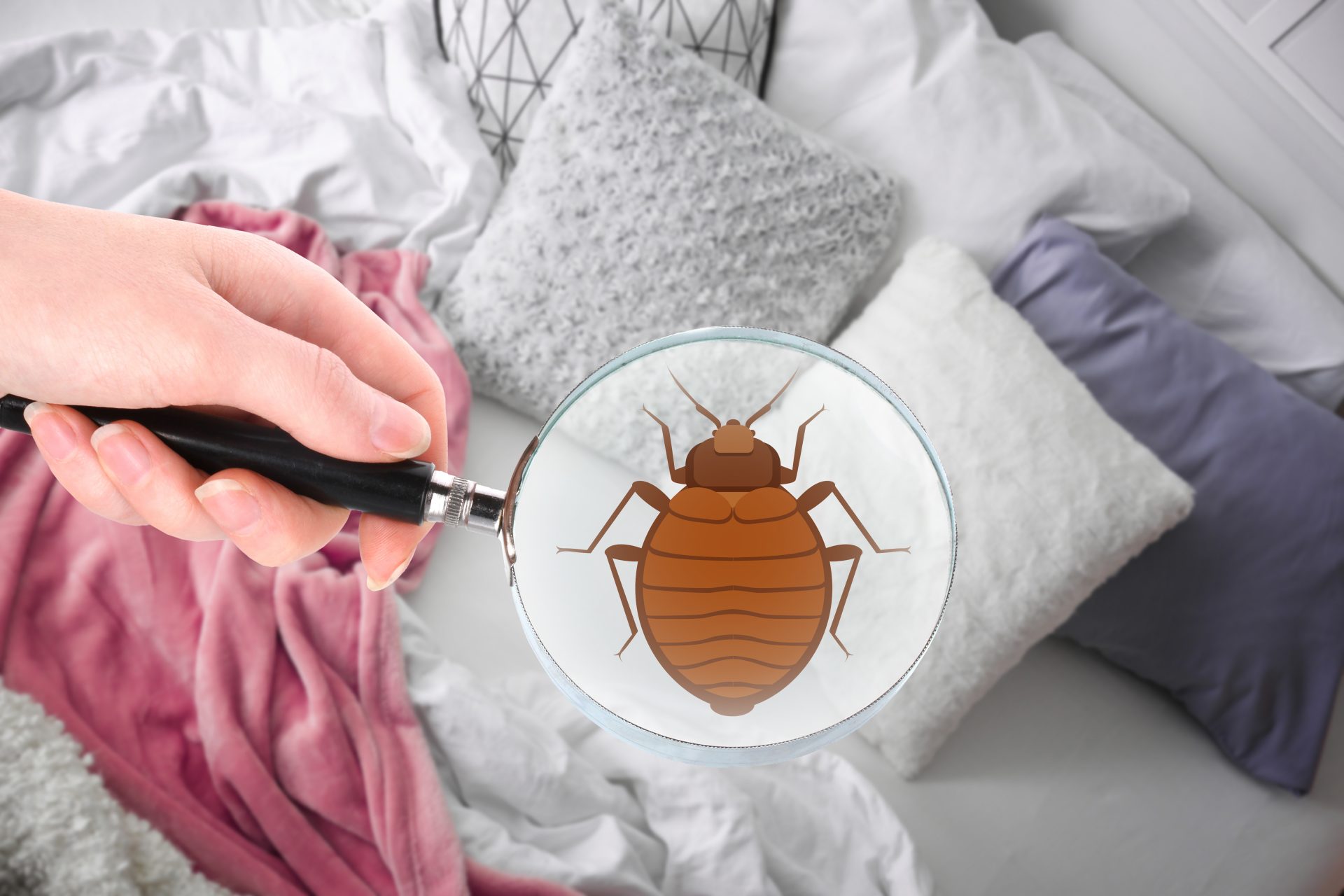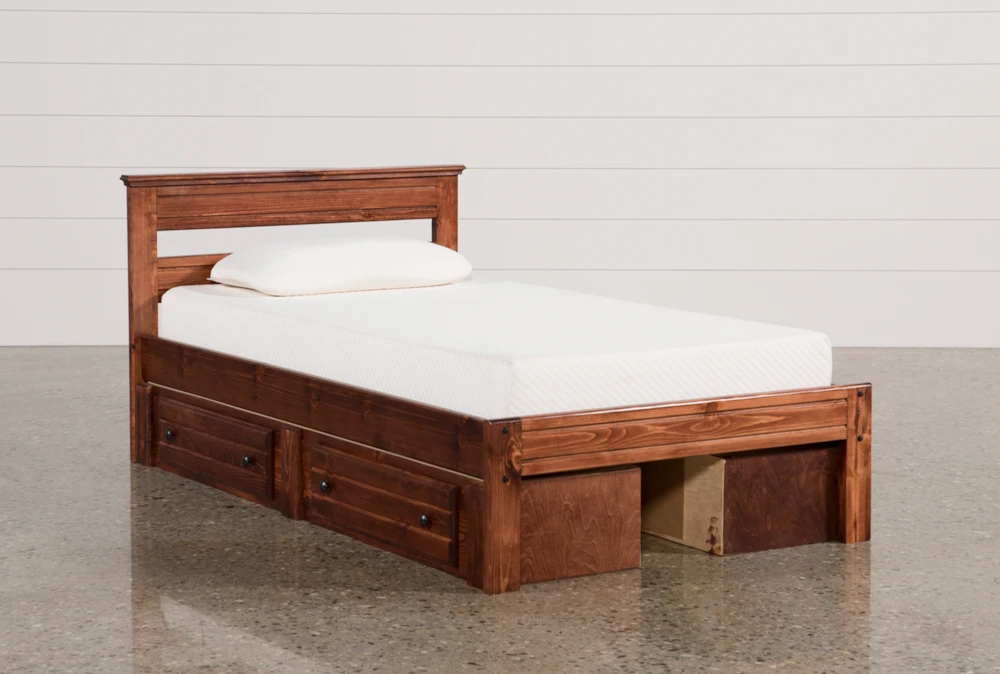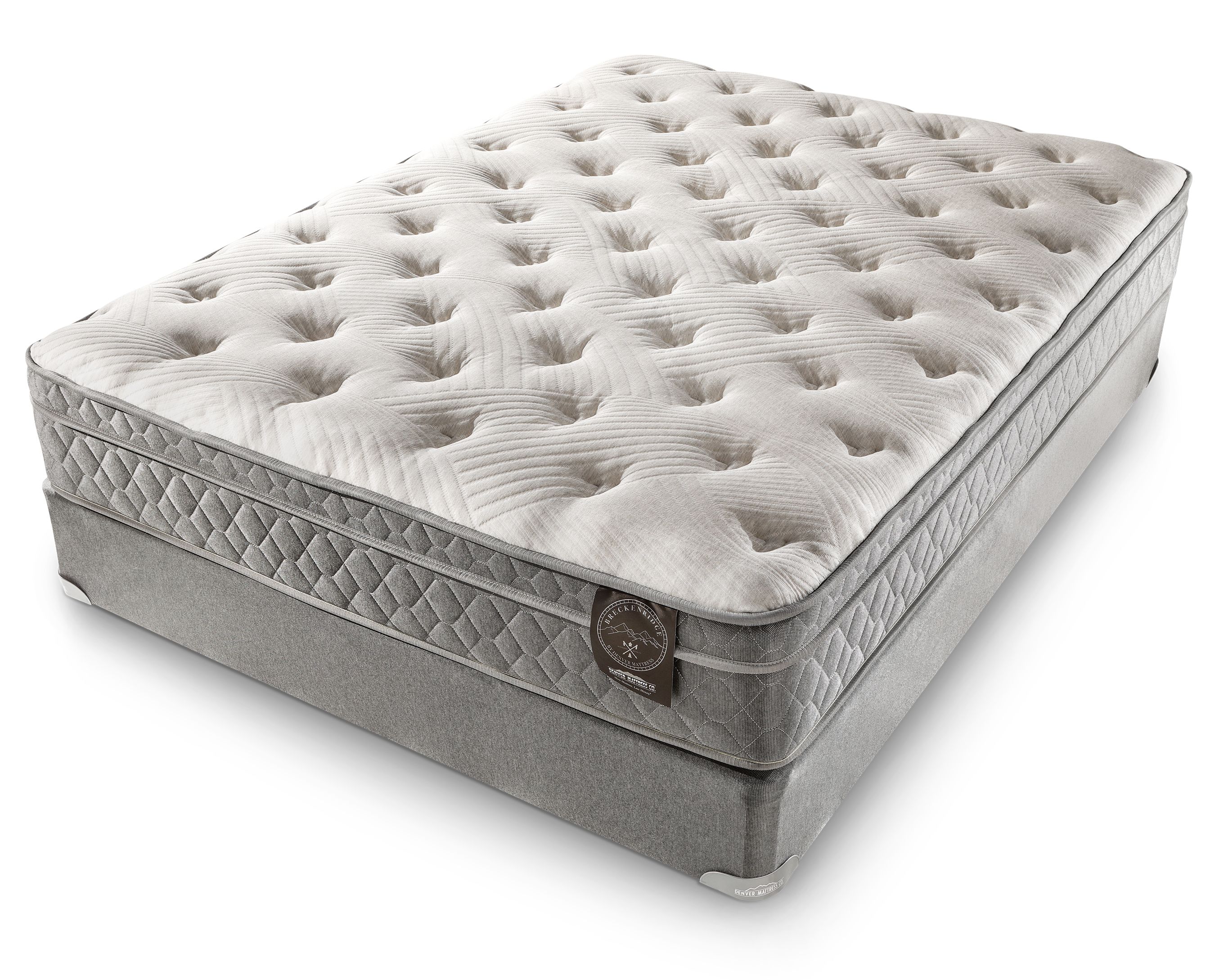Finding small bugs in your mattress can be a frustrating and unsettling experience. These tiny pests can disrupt your sleep, cause itchy bites, and even spread diseases. However, not all small bugs found in your mattress are bed bugs. In fact, there are many different types of small bugs that may take up residence in your mattress. Here's how to identify them and take action.Identifying Small Bugs in Your Mattress
The first step in getting rid of small bugs in your mattress is to properly identify them. This will help you determine the best course of action. If you're unsure of what type of bug you're dealing with, consult a professional pest control service or use online resources to identify the pest. Once you know what you're dealing with, you can take the appropriate steps to eliminate them.How to Get Rid of Small Bugs in Your Mattress
The best way to deal with small bugs in your mattress is to prevent them from infesting in the first place. This can be achieved by keeping your bedroom clean and clutter-free. Regularly vacuum and wash your bedding, and seal any cracks or crevices in your walls and floors. It's also important to inspect any used furniture or clothing before bringing them into your home.Preventing Small Bugs in Your Mattress
There are a variety of small bugs that can make their way into your mattress. Some common types include dust mites, carpet beetles, and fleas. Dust mites are microscopic insects that feed on dead skin cells and can cause allergies. Carpet beetles may also cause allergies and can damage your mattress. Fleas, often brought in by pets, can quickly multiply and become a nuisance in your home.Common Types of Small Bugs Found in Mattresses
The most obvious sign of small bugs in your mattress is the presence of the bugs themselves. However, since many bugs are small and can hide in crevices, you may not see them right away. Other signs to look out for include bite marks on your skin, small black dots on your mattress, and skin flakes or egg casings.Signs of Small Bugs in Your Mattress
If you have identified small bugs in your mattress, there are several treatment options available. For dust mites, regularly washing your bedding in hot water and using allergen-proof covers can help. For carpet beetles and fleas, vacuuming and professional extermination may be necessary. It's important to follow the instructions carefully and thoroughly treat both your mattress and surrounding areas.How to Treat a Mattress for Small Bugs
Small bugs and bed bugs are often confused, but there are some key differences between the two. Bed bugs are slightly larger and have a reddish-brown color. They also tend to bite in a linear pattern, while other small bugs may leave bites in a more random pattern. Bed bugs are also notoriously difficult to get rid of and may require professional extermination.Small Bugs vs. Bed Bugs: What's the Difference?
Regularly cleaning your mattress can help prevent and get rid of small bugs. Start by vacuuming your mattress and bed frame, paying special attention to seams and crevices. Then, sprinkle baking soda over the mattress and let it sit for a few hours before vacuuming it up. This will help deodorize and absorb any moisture that may attract bugs.How to Clean Your Mattress to Get Rid of Small Bugs
If you prefer to take a more natural approach to getting rid of small bugs in your mattress, there are some DIY solutions you can try. For dust mites, mix equal parts vinegar and water and spray it on your mattress. For fleas, use a mixture of lemon juice and water to spray on your mattress and surrounding areas. You can also use essential oils like lavender or peppermint to repel bugs.DIY Solutions for Small Bugs in Your Mattress
If you've tried DIY solutions and are still struggling with small bugs in your mattress, it may be time to call in the professionals. A pest control service will have the knowledge and tools to effectively eliminate the bugs and prevent them from coming back. They can also offer advice on how to prevent future infestations. Dealing with small bugs in your mattress can be a daunting task, but with proper identification and treatment, you can get rid of them and prevent them from returning. Remember to keep your bedroom clean and clutter-free, regularly inspect your mattress, and seek professional help if needed. With these tips, you can sleep soundly knowing your mattress is free from small bugs.Professional Extermination for Small Bugs in Your Mattress
Small Bugs Under Mattress: Not Bed Bugs
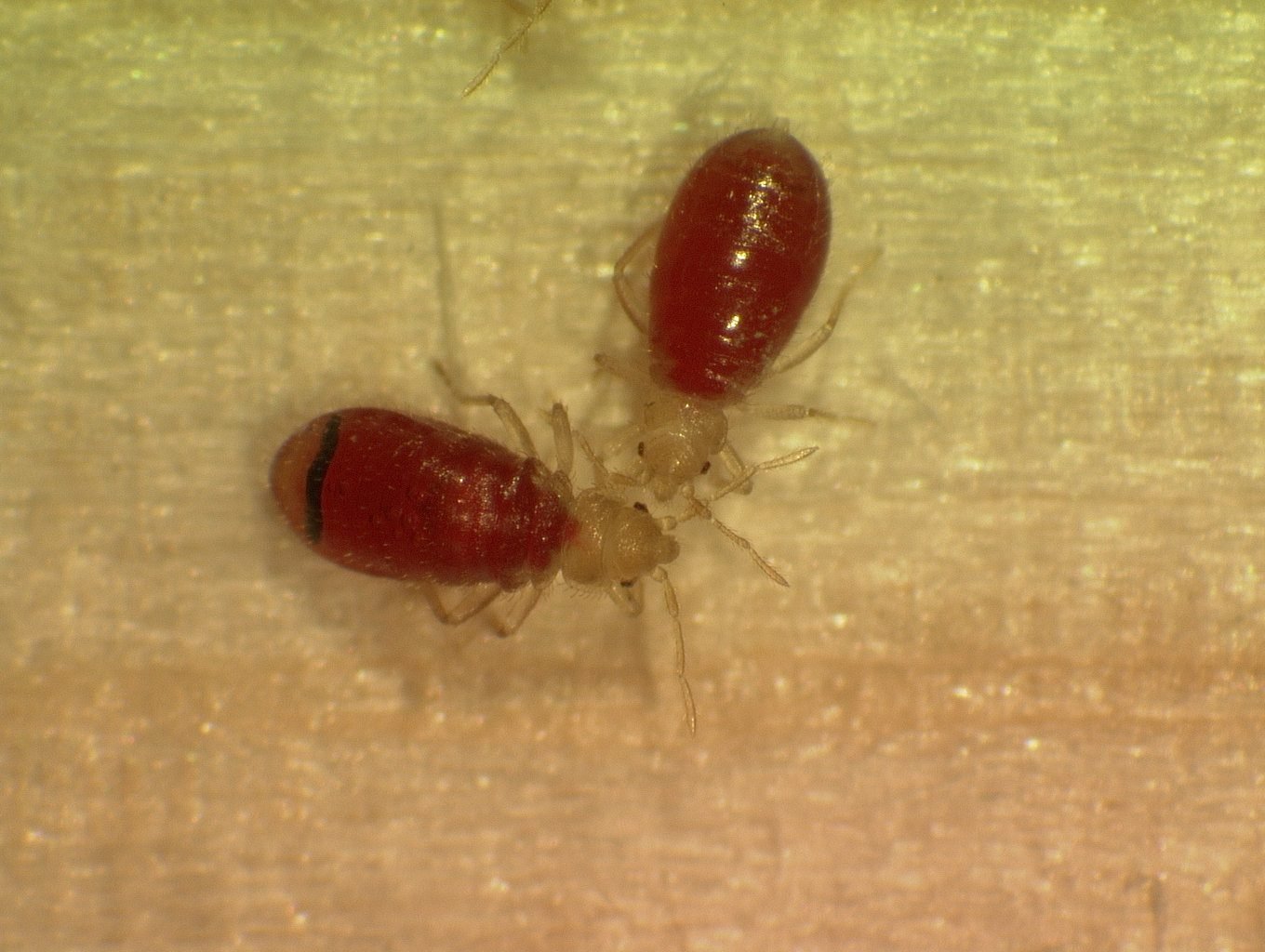
What are these small bugs?
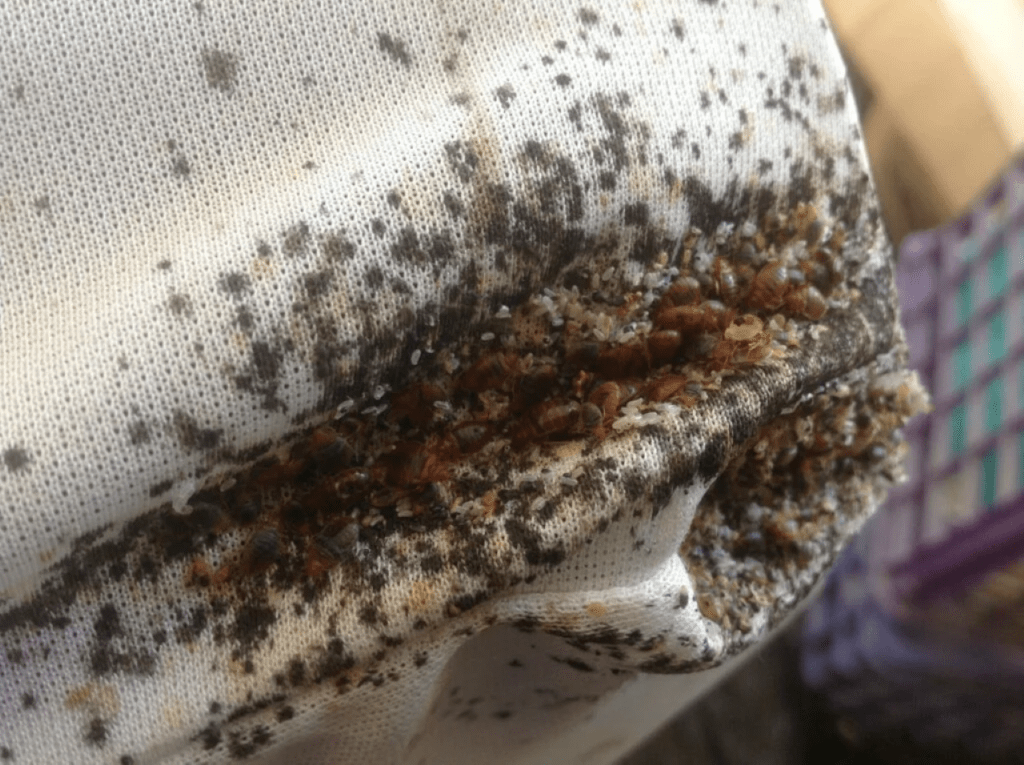 If you've recently discovered small bugs under your mattress, don't panic - they are most likely not bed bugs. These tiny creatures are commonly known as carpet beetles or booklice, and they are often mistaken for bed bugs due to their similar appearance. However, there are some notable differences between these bugs that will help you differentiate them and put your mind at ease.
If you've recently discovered small bugs under your mattress, don't panic - they are most likely not bed bugs. These tiny creatures are commonly known as carpet beetles or booklice, and they are often mistaken for bed bugs due to their similar appearance. However, there are some notable differences between these bugs that will help you differentiate them and put your mind at ease.
Physical Differences
 While both bed bugs and carpet beetles are small and can be found in similar areas, there are distinct physical differences between the two. Bed bugs are typically reddish-brown in color and have a flat, oval-shaped body. On the other hand, carpet beetles are rounder in shape and can come in a variety of colors, such as black, brown, or even multicolored. Booklice, also known as psocids, are even smaller and have a whitish-gray appearance, making them easy to distinguish from bed bugs.
While both bed bugs and carpet beetles are small and can be found in similar areas, there are distinct physical differences between the two. Bed bugs are typically reddish-brown in color and have a flat, oval-shaped body. On the other hand, carpet beetles are rounder in shape and can come in a variety of colors, such as black, brown, or even multicolored. Booklice, also known as psocids, are even smaller and have a whitish-gray appearance, making them easy to distinguish from bed bugs.
Bite Differences
 One of the most significant differences between bed bugs and carpet beetles is their bites. Bed bugs feed on human blood and leave behind itchy, red bite marks on the skin. These bites are typically arranged in a straight line or clustered together. On the other hand, carpet beetles do not feed on human blood and do not bite. If you are experiencing bites on your skin, it is highly unlikely that they are caused by carpet beetles.
One of the most significant differences between bed bugs and carpet beetles is their bites. Bed bugs feed on human blood and leave behind itchy, red bite marks on the skin. These bites are typically arranged in a straight line or clustered together. On the other hand, carpet beetles do not feed on human blood and do not bite. If you are experiencing bites on your skin, it is highly unlikely that they are caused by carpet beetles.
Prevention and Treatment
 While small bugs under your mattress may not be bed bugs, they can still cause annoyance and damage to your home. Carpet beetles and booklice can both infest and damage household items such as carpets, furniture, and books. To prevent these bugs from entering your home, make sure to keep your living spaces clean and clutter-free. Vacuuming regularly and storing food properly can also help prevent infestations. In case of an infestation, professional pest control services can help eliminate these pests.
While small bugs under your mattress may not be bed bugs, they can still cause annoyance and damage to your home. Carpet beetles and booklice can both infest and damage household items such as carpets, furniture, and books. To prevent these bugs from entering your home, make sure to keep your living spaces clean and clutter-free. Vacuuming regularly and storing food properly can also help prevent infestations. In case of an infestation, professional pest control services can help eliminate these pests.
Conclusion
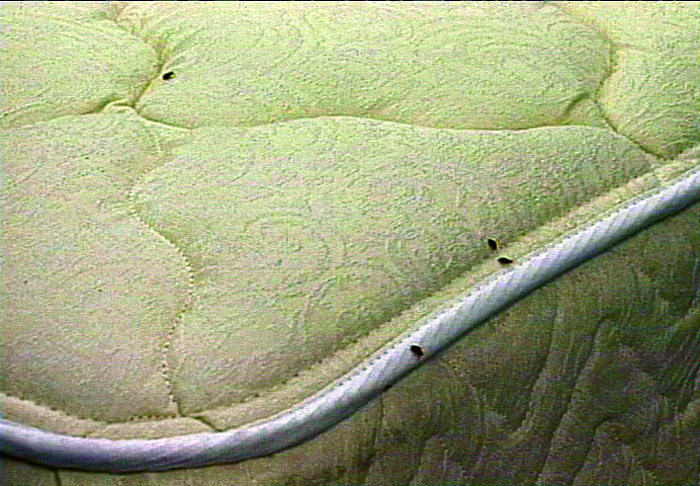 In conclusion, if you discover small bugs under your mattress, don't jump to the conclusion that they are bed bugs. While they may look similar, there are notable differences between bed bugs, carpet beetles, and booklice. It is always best to consult a professional to identify the bugs and determine the best course of action for prevention and treatment. Remember to keep your living spaces clean and clutter-free to minimize the chances of an infestation.
In conclusion, if you discover small bugs under your mattress, don't jump to the conclusion that they are bed bugs. While they may look similar, there are notable differences between bed bugs, carpet beetles, and booklice. It is always best to consult a professional to identify the bugs and determine the best course of action for prevention and treatment. Remember to keep your living spaces clean and clutter-free to minimize the chances of an infestation.
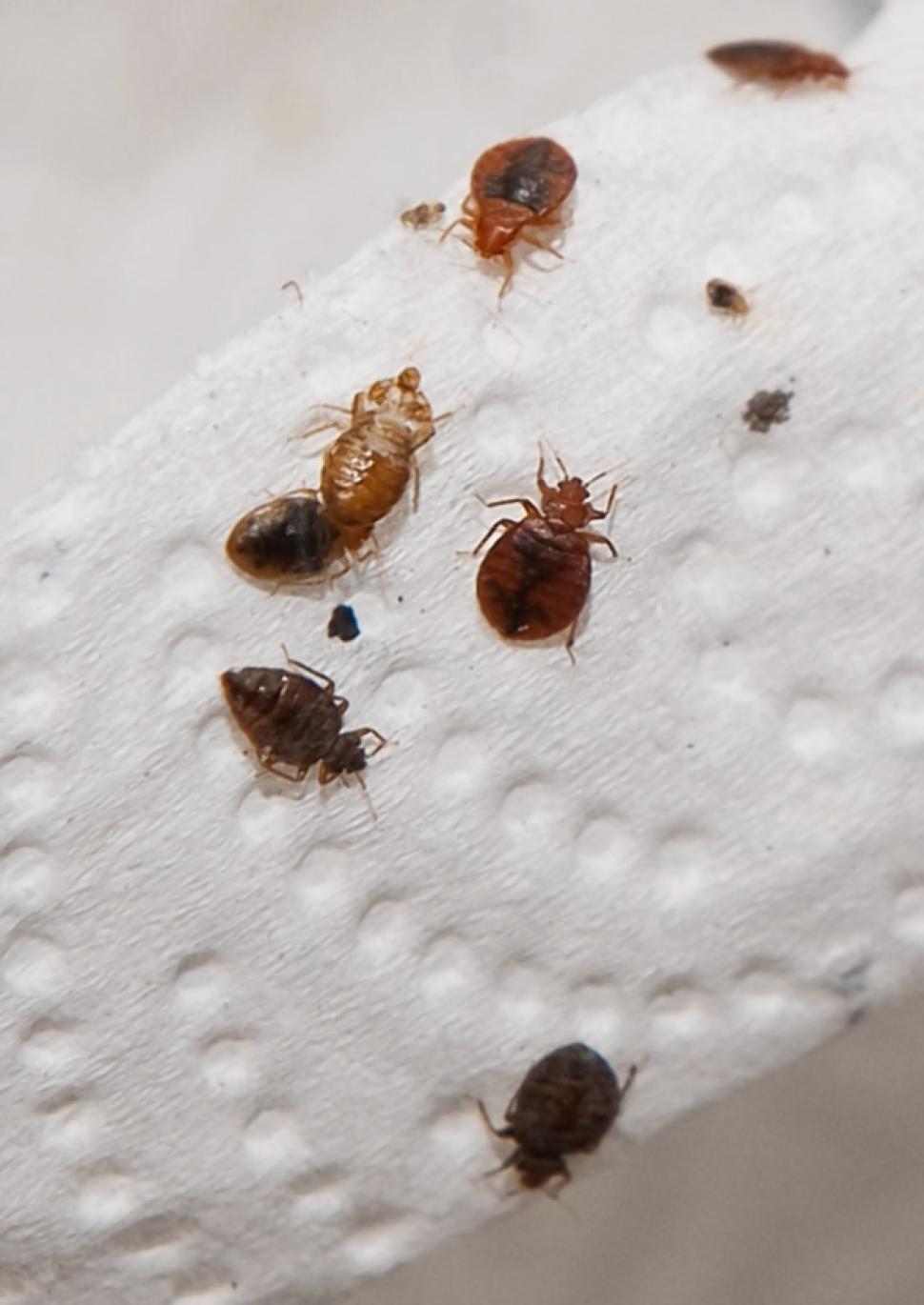


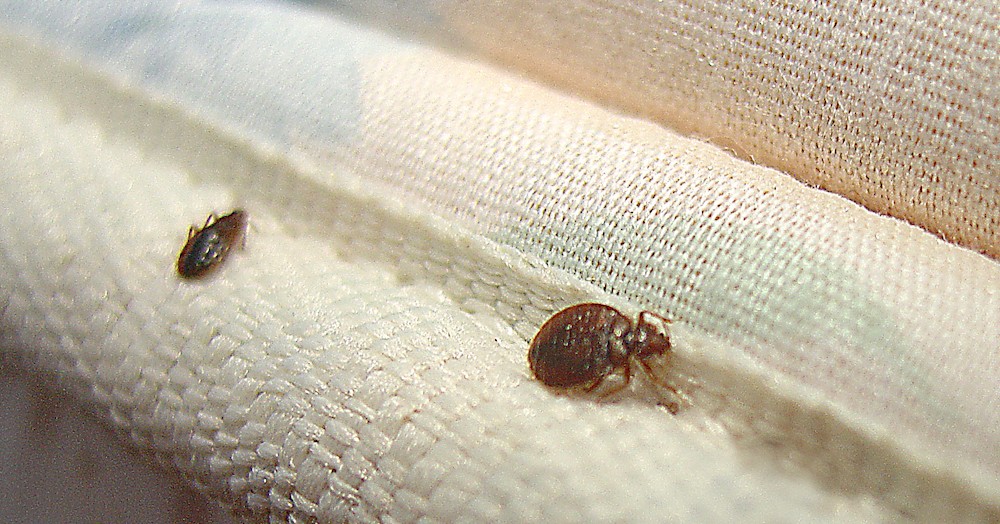




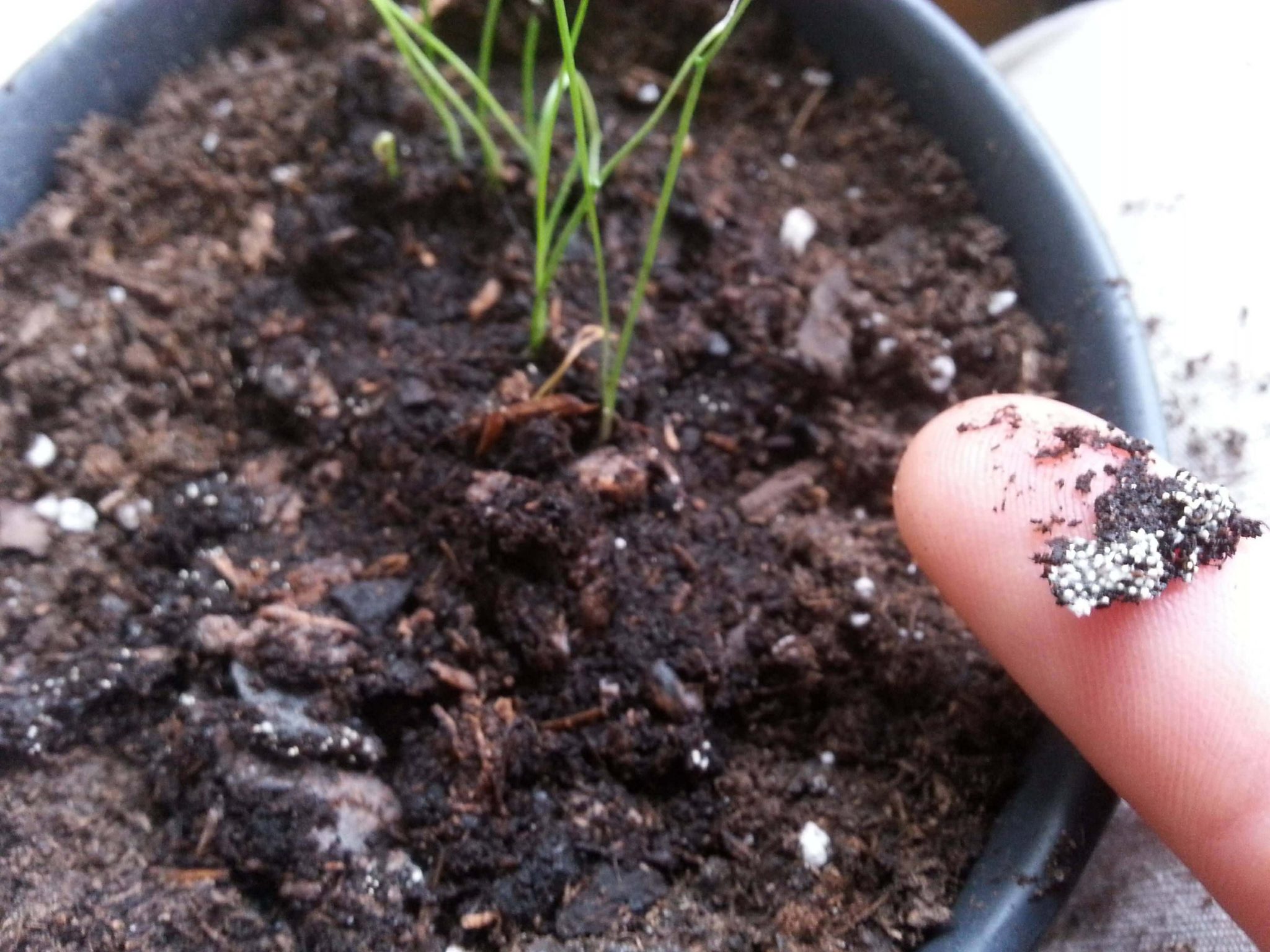





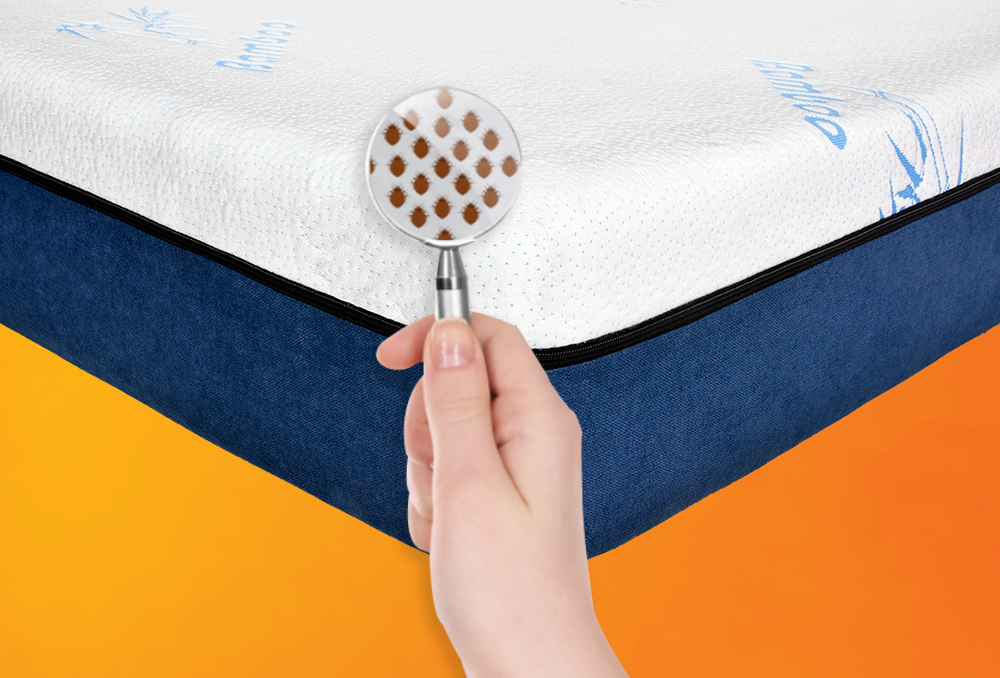


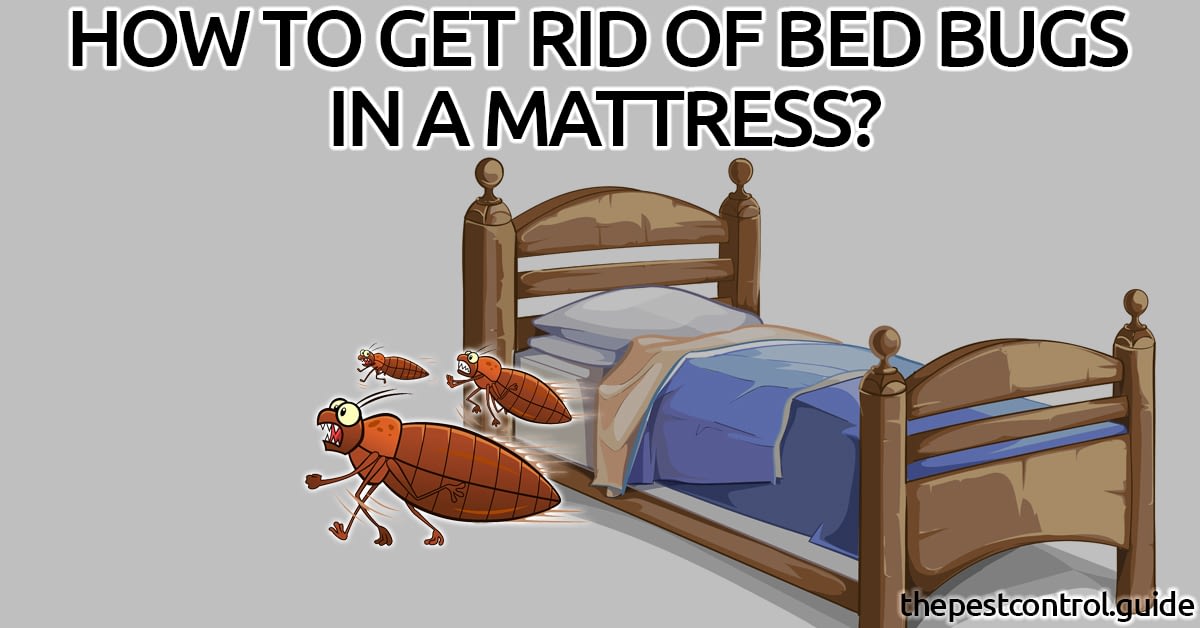
:max_bytes(150000):strip_icc()/natural-ways-get-rid-insects-your-home-4864214-v2-2041dbe12ebf4e6c849ad4342c07ae61.jpg)
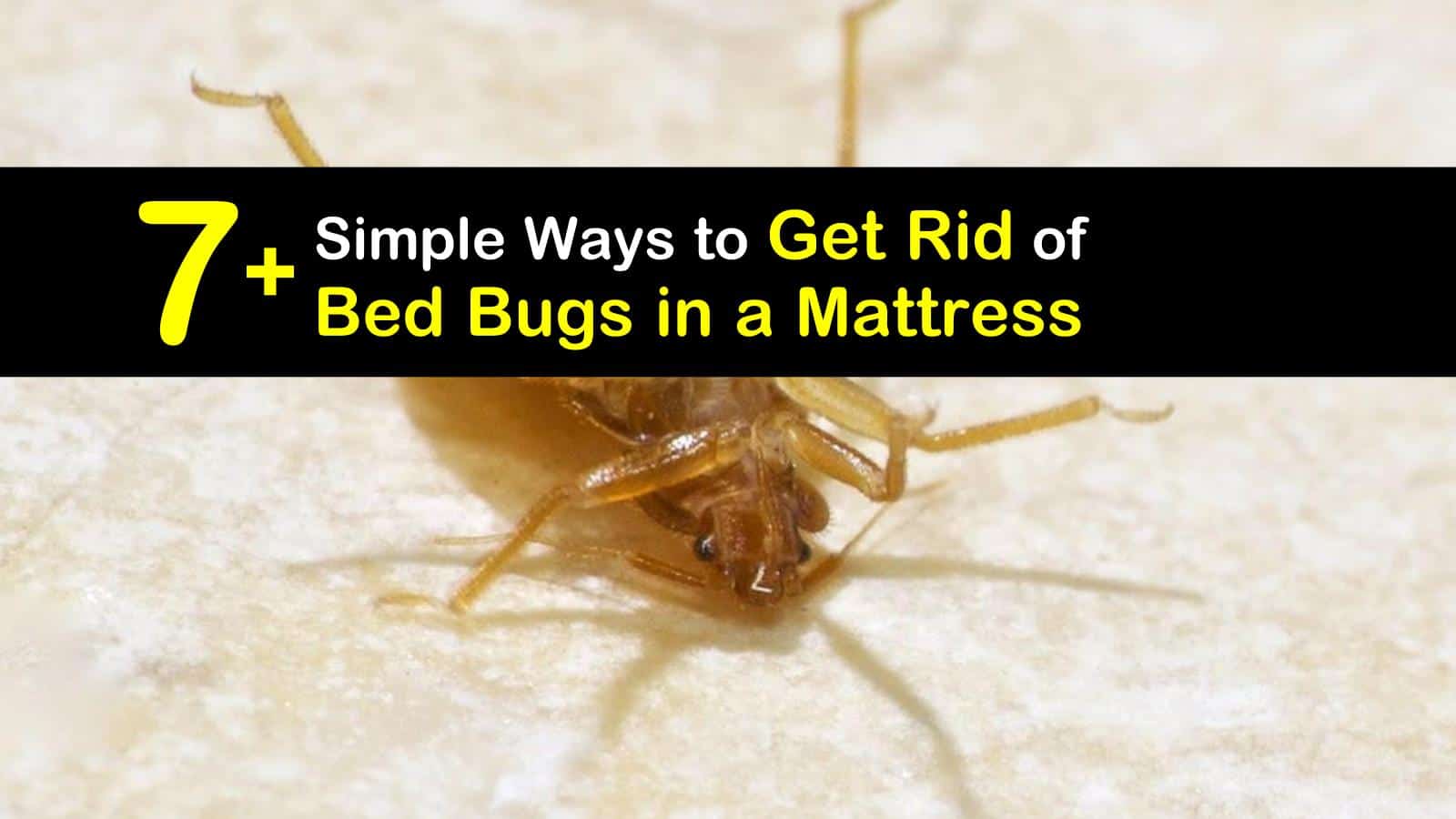




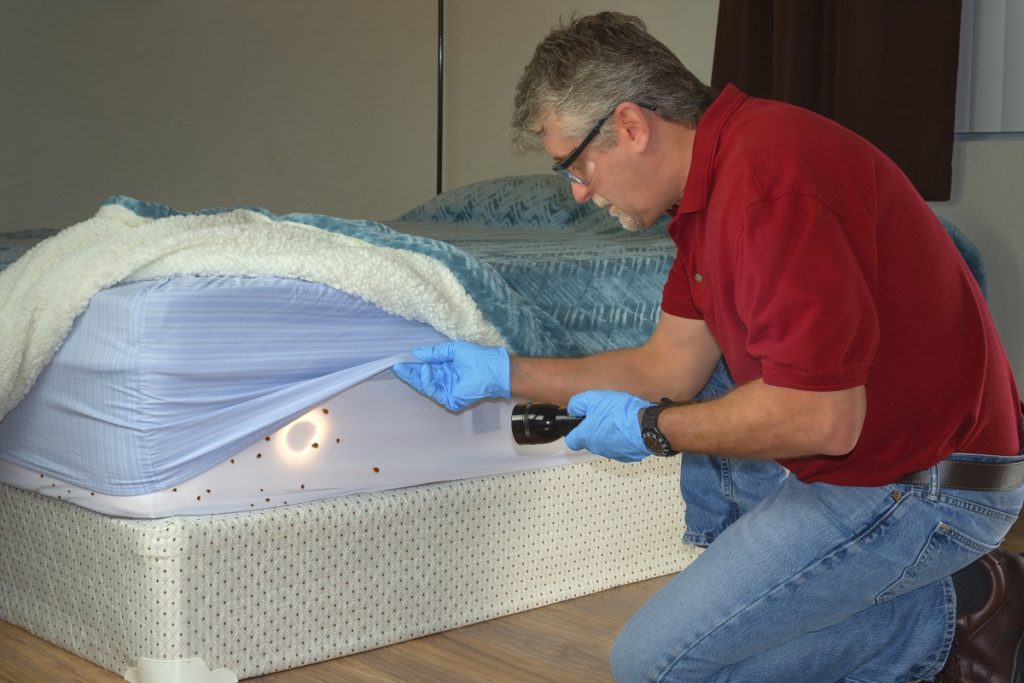
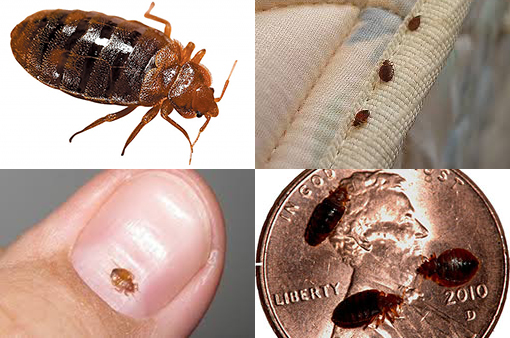

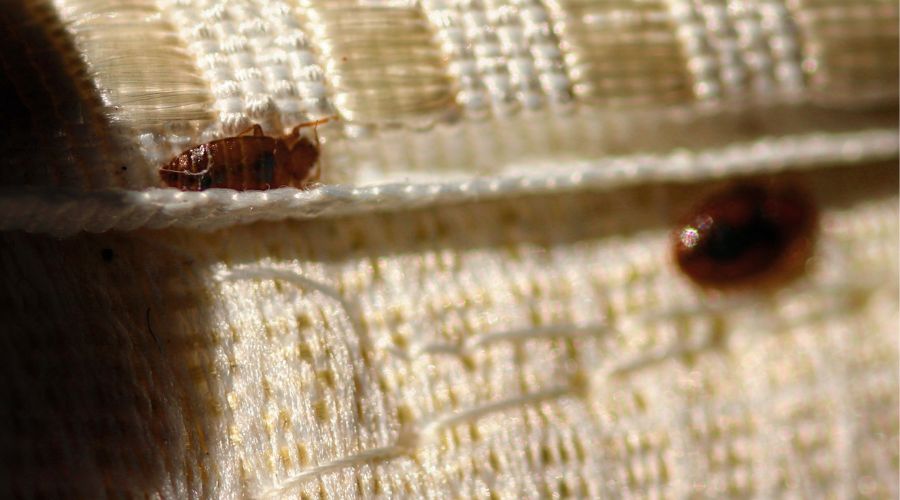

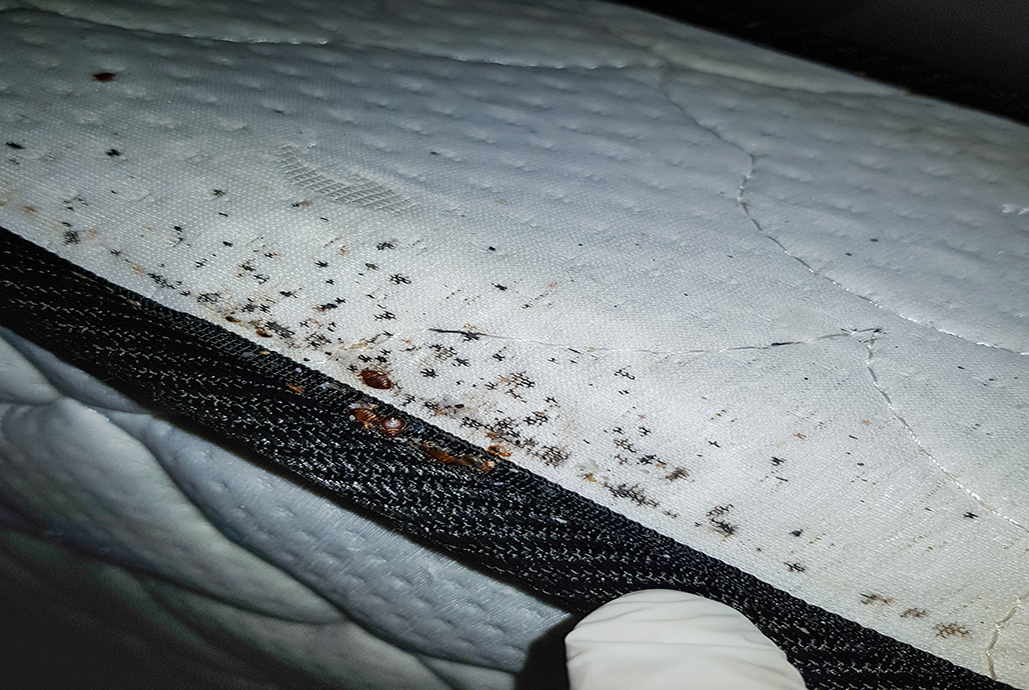




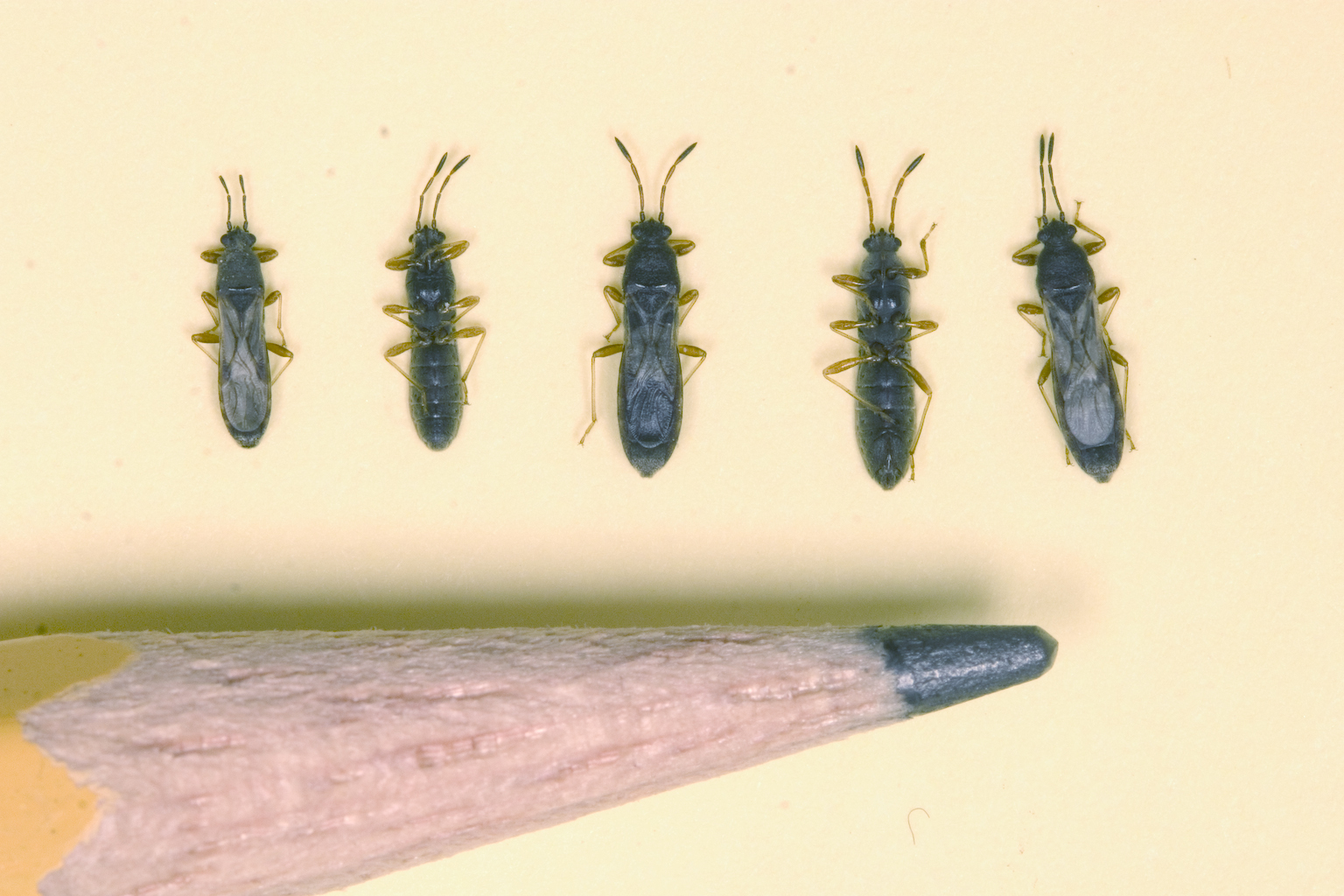

/GettyImages-92021534-57607dd75f9b58f22e0e157d.jpg)
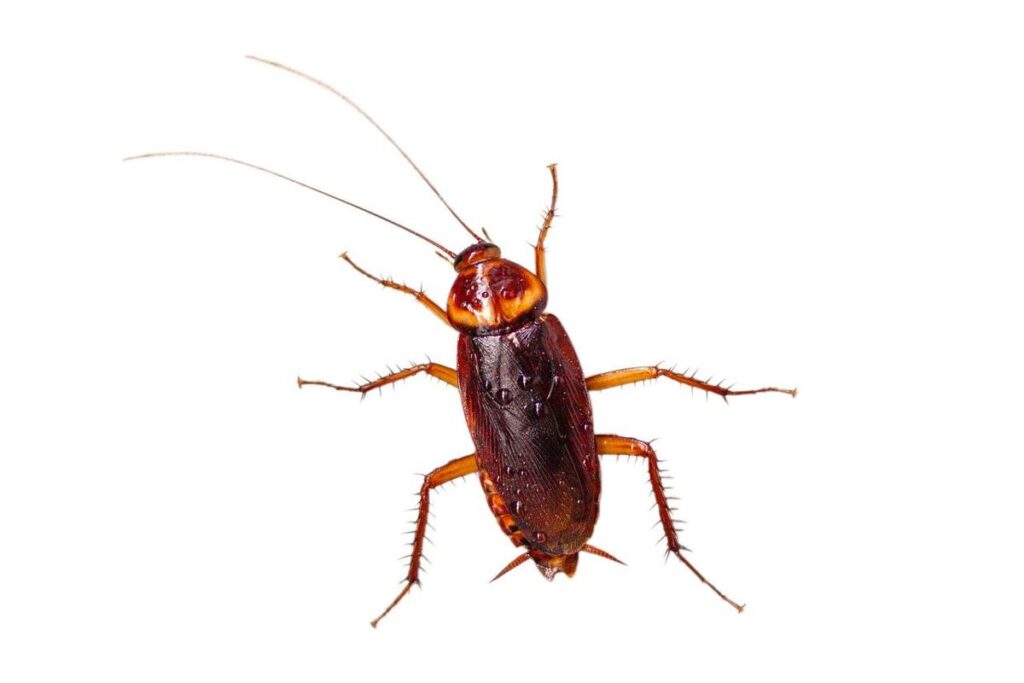
/cdn.vox-cdn.com/uploads/chorus_image/image/57564265/bug.0.jpg)

